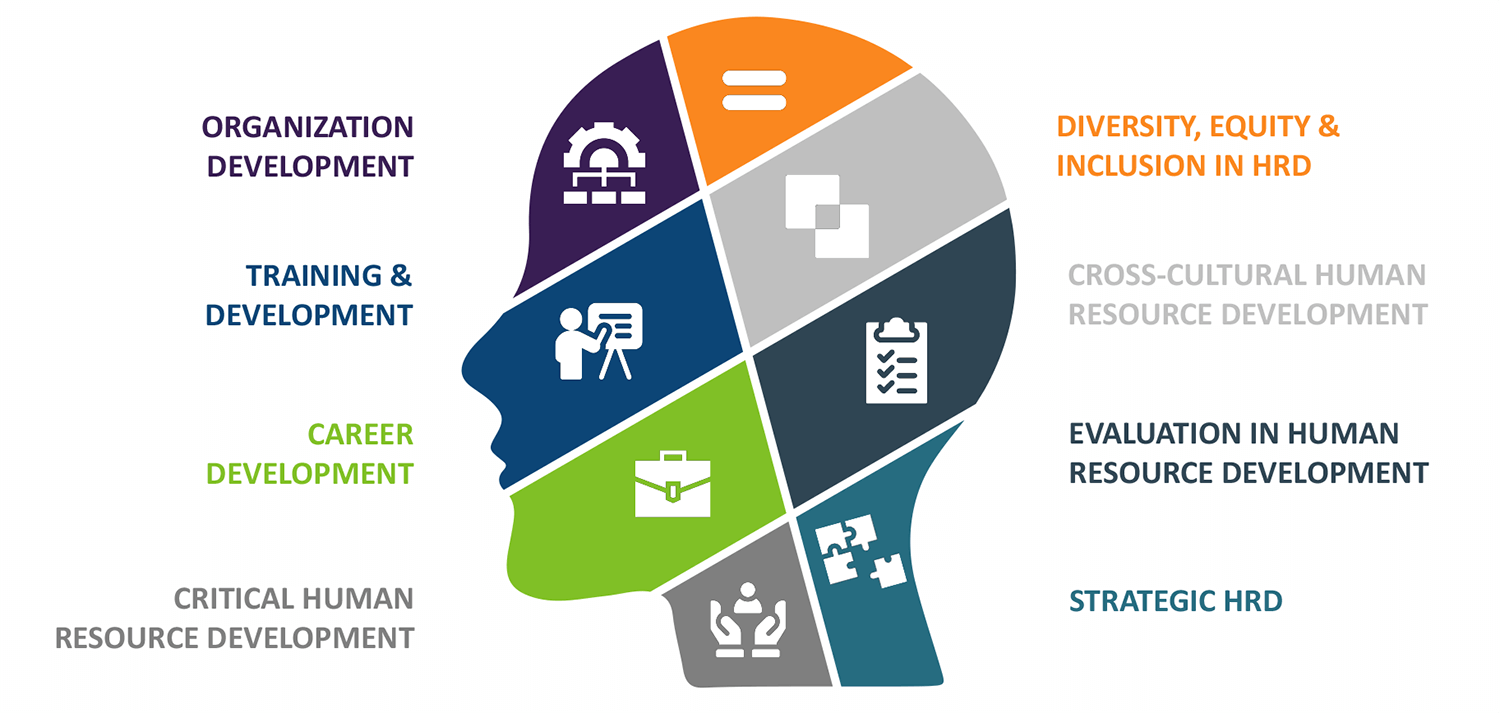Recruiting candidates to fill available positions in an organization is a constant necessity. No organization can function without human capital despite the current level of technological advancement. It is important, therefore, for recruiters to keep abreast of key statistics affecting the employees both existing and potential. HR professionals carry out timely surveys to learn more about the workforce in general, their motivations, satisfaction, loyalty, and many more. The data collected enables recruiters to make informed decisions concerning their employees.
The employment sector was one of the worst-hit due to the COVID-19 pandemic. To be better prepared for such emergencies in the future, it is important to stay informed on current trends relating to the hiring of staff both locally and internationally.
In this article, we have compiled 30 of the most current trends and statistics that will be useful in your organization’s recruiting process.
HR Recruitment Statistics
This refers to information on applicants, such as their salary expectations, possibilities for their growth, a balanced career and personal life, etc. It also contains information on the recruiting practices that HR recruiters like.
- Eighty-four per cent of potential candidates tend to make research about a company and its reviews before applying: individuals seeking to apply for a position in an organization are more than likely to read reviews about the company they are about applying to. A company with positive reviews might get more applicants than a company with an unfavorable assessment.
- Eighty-nine per cent of candidates believe that it is easier for them to accept job offers faster when they are being reached out to by their employer, while 94 per cent believe that being contacted by their potential managers will help them accept the offer faster. So, if a company finds a professional they want to hire, they should aim to start the hiring process right once; they could just get fortunate and acquire a top dog in the sector.
- There are currently 487 PEOs in the US: these PEOs (Professional Employers Organisations) have employed approximately 4 million individuals, and these employees are paid over $200 billion annually. These PEOs are HR specialists who handle the recruitment process on behalf of small and medium-sized businesses and ensure that the best hands are employed. The return on investment of using a PEO in cost savings alone is 27.3%.
- LinkedIn is the most popular platform for finding outstanding prospects. Employee recommendations, as well as online employment sites and other social media, are increasing in popularity.
Workers’ retaining Statistics
A challenge facing executives of organizations is the retention of the employees they have or plan to hire. Recruiters and managers need to follow up on their recruits to ensure they are doing everything right to retain their staff. A high employee turnover rate will lead to increased disengagement and recruiting expenditure. HR statistics that would help increase the retention rate include:
- Extreme physical and social exhaustion are regarded by forty-six per cent of human resources executives as the cause of up to 50 per cent of their annual employee turnover. Stress levels have risen significantly as a result of increased workload. United States alone masses up to $200 billion on health expenses, and over $120000 stress-related deaths have occurred. The COVID-19 pandemic might have put a damper on these numbers but they are rising again as businesses again resume their activities. Companies should work towards including wellness packages in their compensation as a lot of applicants now look for this when choosing where to apply to.
- Opportunity for career development is the No.1 reason people change jobs. Individuals are constantly looking to become the best at what they do. Unless the organization they work with is passionate about developing the potentials of its workers, recruiters might soon find themselves on the hunt for replacements.
- 34% of employees will leave a job if they feel undervalued. According to surveys carried out, above 30% of workers will look for jobs elsewhere if they feel their company does not consider them important. Therefore, companies must encourage feedback and communication within their organization to let their staff know they are seen and heard. Workers should not only be encouraged to participate but their ideas should be implemented provided it is worthwhile.
- Employee disengagement costs American businesses up to $550 billion per annum. Employees that are unmotivated and unproductive eventually have an impact on a company’s profitability. It is far preferable having a smaller, well-motivated workforce than a large number of disgruntled employees searching for a way out.
Applicants’ Past Encounter Statistics
The qualifications of applicants for a vacant job role are critical to the performance of a business. Companies have to ensure that the right candidate in terms of education, qualification, and work experience is employed. They need to make sure that their staff is not over-employed or under-employed as this has a major effect on their performance.
- About 50% of companies have seen an increase in the number of candidates with a master’s degree for entry-level positions. This shows that on average, every job seeker is well qualified by certificate for any position applied for. This might imply that organizations’ job descriptions and compensation packages need to be adjusted to accommodate higher levels of credentials. It also means that employers may start to anticipate above-average results from their employees.
- Employer branding boosts a company’s chances of hiring a high-quality candidate by three times. Companies must have something to stand for, such as a value or mission. They may be certain of recruiting people with similar thoughts and beliefs to their organization this way. A company’s website, professional networking sites like LinkedIn, and social media platforms are the most effective branding tools. It is extremely beneficial for businesses to have a website and to make frequent updates on their activities there so that future employees may learn more about the firm and what it stands for. This will ensure that only qualified individuals with similar interests apply.
- By investing in a great application experience, you may improve the quality of new hires by seventy per cent. Most applicants are keen to join an organization if they believe they will be able to enhance their careers. In order to increase their performance, businesses should prioritize investing in their employees’ education.
Human Resources Tech Statistics
Every activity, including labor recruitment, relies heavily on technology. HR managers and staff are increasingly embracing the use of software and other technology tools to streamline and simplify their organization’s recruiting process.
- Cloud computing is used by seventy-five per cent of businesses. Many HR processes are increasingly digitalized, making HR managers’ and workers’ jobs easier. Organizations now utilize HR systems and have at least one HR process online. Cloud computing in HR also facilitates data security.
- 25% of companies are planning to incorporate cloud computing in their subsequent HR processes.
- Artificial intelligence is presently used by 88 percent of enterprises worldwide, and seventy-six per cent expect it will play an important role in the future. Artificial intelligence is rapidly advancing, and it will have a significant impact on human resources and recruitment. AI is increasingly assisting in the collection of data and analytics relating to human resources, making it simpler to follow and forecast trends in HR.
- 60% of recruiters and hirers use video technology. Any recruitment that took place during the COVID-19 pandemic was most probably carried out online with interviews taking place through video technology and teleconferencing application software. Despite the reopening of businesses worldwide and the increase in movement, it looks like video technology has come to stay in HR. With video technology, interviews can now be conducted across borders without any barriers such as distance or costs.
- 75% of recruiters use tracking software to find potential applicants while a greater percentage (79%) use social media. The internet is not a viable way to find competent candidates at the drop of a hat. There are specialized software and sites dedicated to helping companies find the right applicants for the job position(s) speedily and efficiently. Individuals now use their social media pages as an XV of some sort especially with professional networks, making it easier for businesses to discover and employ them.
- Virtual recruitment has become the most common choice in the hiring process. Only sixteen per cent of HR professionals in the United States are ready to adapt to a virtual recruiting and hiring process. Only thirty-seven per cent of HR managers are confident in their ability to deal with essential changes and utilize artificial intelligence technology.
Onboarding Statistics
The onboarding process is an essential one for any organization. Onboarding involves adequately preparing and instructing a new hire on the company culture, work ethics, job descriptions, and organizational structure.
- Proper onboarding of new employees boosts productivity by over 70%. When newly hired staff are properly informed about the company culture, job requirements, and specifications, they find it easier to perform their duties and be productive.
- Employee engagement is improved by a better onboarding process, according to fifty-three of HR specialists. If the onboarding process is enhanced, employees will be more likely to assimilate into the workplace and will be more likely to come up with ideas that will help the firm as a whole.
- 58% of new hires will stay if the onboarding program is well structured. An onboarding program is meant to motivate an employee. A well-planned onboarding process prepares the newly hired employee for his/her in the organization. It makes the workers feel valued enough to be given all necessary details concerning the company, its structure, and hierarchy, it also presents a positive view of the company as one that is aiming for the best.
- Onboarding matters so much that over half of employees who had a poor onboarding experience think their company is doing poorly overall. Only 1 in 10 persons agree strongly that their company is doing well in onboarding. Employees who find themselves in organizations where they were not properly onboarded are likely to believe that the company is not serious about growing since it has not properly included its staff in the business. The below-average rating of companies that do well in onboarding shows that HR personnel still have a long way to go in ensuring that their workforce values are properly aligned with the companies.
Human Resources Heterogeneity Statistics
Diversity has become an important factor in any hiring procedure. Companies are now seeking to have a diverse and inclusive workforce in terms of gender and race. It is therefore essential to know the stats as it relates to diversity to ensure that things are being done correctly and challenges are easily overcome.
- To mitigate biases, 64% of companies are reviewing their hiring processes, performance management, and succession planning processes. This has led to the increase in the implementation of the blind recruitment technique in which critical bias factors such as name, sex, and race are left out of the resume to further ensure an impartial recruitment process.
- According to studies, providing the opportunity to work remotely can improve geographical diversity among candidates by 20%. Employees of a corporation may now come from all over the world and work from the comfort of their own homes. This makes it easy to develop into new sectors and hire people from various backgrounds.
- Diversity, according to seventy-seven per cent of talent recruiters, will be a key element in future hiring. As a result, most executives today regard diversity as the new normal. However, thirty-eight per cent of HR executives feel that finding diverse individuals with the proper skills to interview is still a big barrier to workplace diversity.
- An ethnically-diverse workforce is 35% more engaged. When people from different races and ethnic groups are brought together in a work setting, it makes them feel accepted and increases their motivation and eagerness to work. A motivated workforce is a productive workforce.
- 73% of women doubt their feedback is confidential, while only 53% of male applicants think this. The gender bias in many companies keeps a lot of women on the hedge and makes them skeptical about the privacy of their information supplied to recruiting firms. It would be beneficial to s company to emphasize its privacy policy concerning its applicants and current employees irrespective of gender.
General HR Statistics
A lot of factors affect the HR industry today. The industry has a lot of potential for development and is constantly evolving to meet the changing global economy.
- In seventy-eight per cent of situations, employees are satisfied with their current work. Workers become happy in a variety of areas, including salary packages, communication and relationship structures in place, wellness programs, etc.
- Human Resources executives make an average of about 120,000 USD annually. They are in great demand, and they are now among the top ten highest-paid positions in the United States.
- HR jobs numbered over 161,700, and employment of HR managers is predicted to expand by 9% by 2030. This is higher than the predicted combined average rise in employment of 8%.
- Impoverished imbalance in career and privacy (twenty-nine per cent), little to no potential for career advancement (33 per cent), inadequate earnings and bonuses tops why workers abandon their jobs (49 per cent).
- Corporate job vacancies attract over 250 resumes on average. This is a high number of resumes to go through for any HR staff. The process can be overwhelming and it can become increasingly difficult for the employees to keep up with the influx. Companies and HR executives should constantly review their screening procedures to make it easier and faster to go through the many applications. They can develop special systems based on job specifications to increase the speed of attendance. A lot of businesses simply outsource their recruiting processes to external firms (PEOs) that specialize in this function. What is PEO? PEO are professional employer organization that assist companies with HR responsibilities like talent sourcing, onboarding, payroll taxes, HR compliance, etc.
Importance of HR recruiter Statistics To An Organisation
With the recruitment process evolving daily across all businesses, it is necessary to keep up with the trend or risk poor performance and eventual losses. HR statistics and trends provide a futuristic view of what to expect when hiring; staying up to date with such information will not only ensure that the best hands are hired but that in the long run, the company is better off. HR statistics also draw the attention of senior executives to specific areas where they need to improve such as coping with the aftermath of the pandemic, candidate feedback, and use of technology in the human resource recruitment process; and helps them in developing strategies to foster such improvement.
If an organization realizes it needs further help in the hiring of staff and their onboarding, it can easily hire the services of a global PEO like Wehireglobally to ensure a seamless process.

Recognising excellence across the Asian Pacific.
Nominate now ➜
Read the latest and past issues of APAC Insider.
Explore issues ➜
Find out how we can help your business grow.
Find out more ➜




















